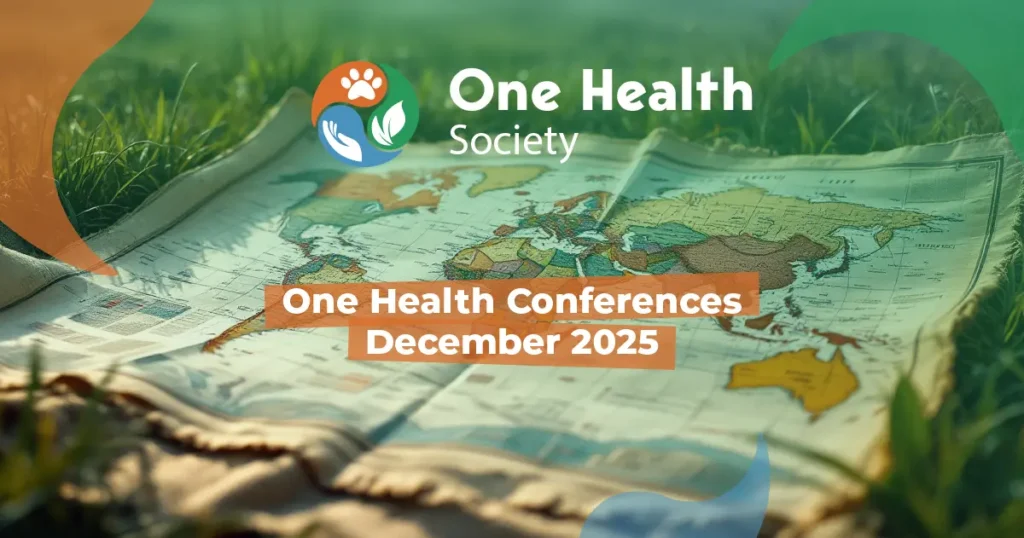Pregnancy-related mortality has risen sharply, and doctors have overlooked a particularly dangerous period: from six weeks to one year after the birth.
During a recent five-year period, a substantial portion of maternal deaths in America — almost one-third — took place more than six weeks after childbirth, at a time when most new mothers think they are in the clear, researchers reported on Wednesday.
The study, published in JAMA Network Open, is one of the first to track maternal health complications during pregnancy and in the year after delivery.
Pregnancy-related death rates in the United States rose almost 28 percent from 2018 to 2022, the researchers found, surging at the height of the Covid-19 pandemic in 2021 before subsiding somewhat.
“Our study illustrates why we can’t take our eyes off maternal health,” said Dr. Rose L. Molina, an associate professor of obstetrics, gynecology and reproductive biology at Harvard Medical School and one of the study’s authors.
Women need “access to high-quality care from the moment of conception to a full year after birth,” she added. While there has been a growing emphasis on care in the year after childbirth, “we’re not there yet.”
The study was based on data from the Centers for Disease Control and Prevention’s division of reproductive health, which monitors maternal mortality and identified the risk of so-called later maternal deaths — those that occur from six weeks to one year after the birth.













